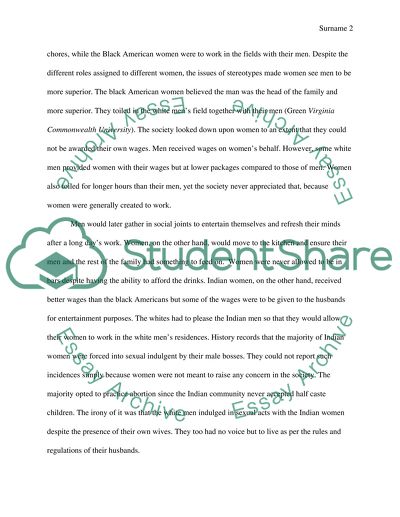Cite this document
(“Stereotypes in the early American society their effects and influences Research Paper”, n.d.)
Stereotypes in the early American society their effects and influences Research Paper. Retrieved from https://studentshare.org/literature/1473942-stereotypes-in-the-early-american-society-their
Stereotypes in the early American society their effects and influences Research Paper. Retrieved from https://studentshare.org/literature/1473942-stereotypes-in-the-early-american-society-their
(Stereotypes in the Early American Society Their Effects and Influences Research Paper)
Stereotypes in the Early American Society Their Effects and Influences Research Paper. https://studentshare.org/literature/1473942-stereotypes-in-the-early-american-society-their.
Stereotypes in the Early American Society Their Effects and Influences Research Paper. https://studentshare.org/literature/1473942-stereotypes-in-the-early-american-society-their.
“Stereotypes in the Early American Society Their Effects and Influences Research Paper”, n.d. https://studentshare.org/literature/1473942-stereotypes-in-the-early-american-society-their.


